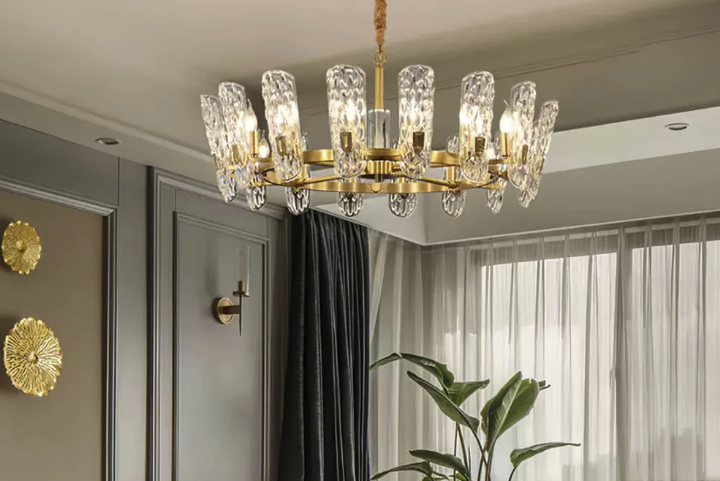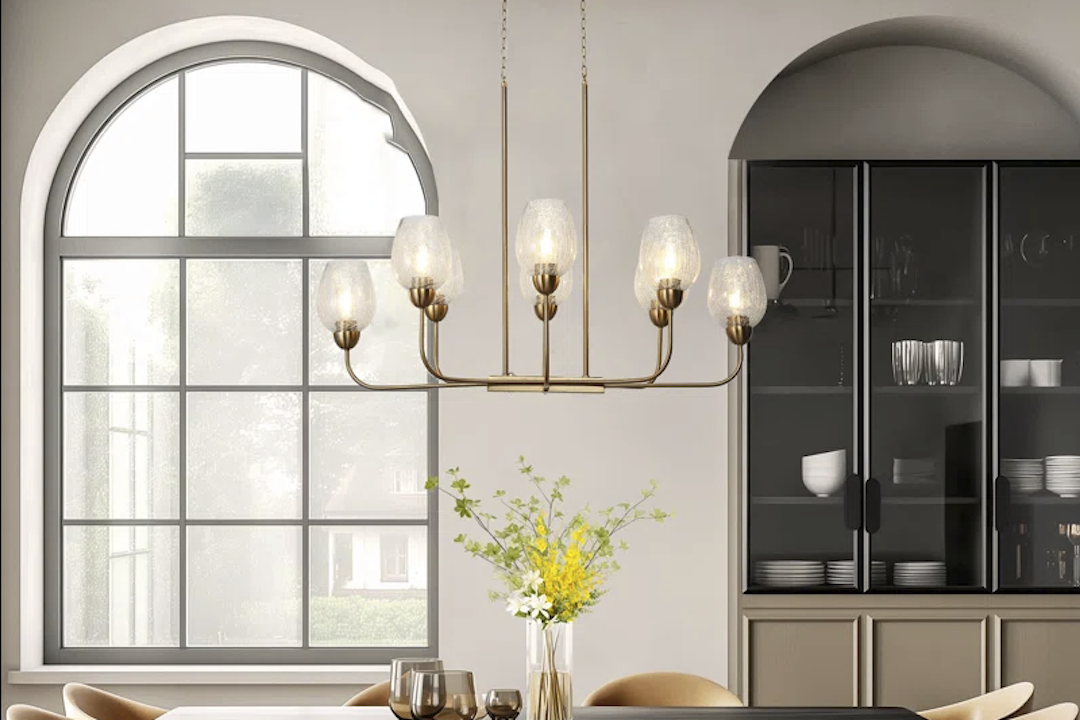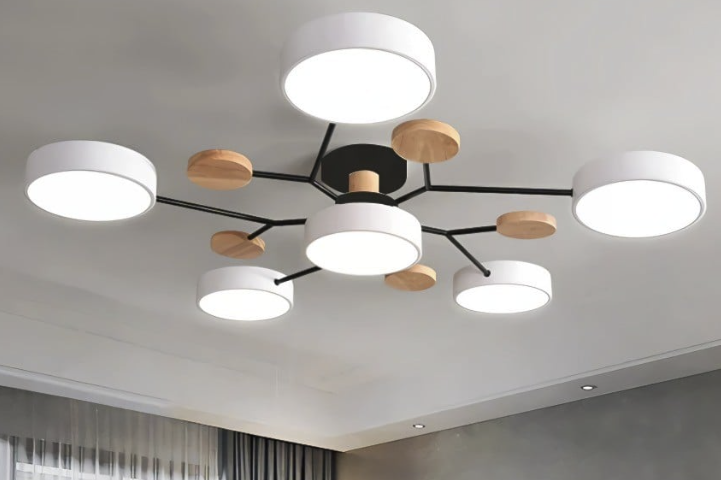When it comes to designing a bedroom, lighting plays a pivotal role in creating the desired ambiance and functionality. Understanding your specific lighting needs is the first step in this process. Consider the various activities that take place in your bedroom.
For instance, if you enjoy reading before bed, you will require focused lighting that minimizes strain on your eyes. Alternatively, if your bedroom doubles as a workspace, you may need brighter, more versatile lighting options to facilitate productivity. Identifying these needs will help you determine the type and intensity of light fixtures that will best serve your space.
Moreover, the mood you wish to cultivate in your bedroom is equally important. Soft, warm lighting can create a cozy and inviting atmosphere, perfect for relaxation and winding down at the end of the day. On the other hand, cooler, brighter lights can energize the space, making it feel more open and alert.
Consider how you want to feel in your bedroom at different times of the day. This understanding will guide you in selecting the right fixtures and bulbs that align with your lifestyle and preferences.
Considering the Size and Style of Your Bedroom
Size Matters
A small bedroom benefits from strategically placed lamps that provide ample light without overwhelming the space. On the other hand, larger bedrooms can accommodate more substantial fixtures or multiple light sources to ensure even illumination throughout the room.
Harmony with Furniture and Decor
When assessing size, consider both the physical dimensions of the room and the scale of the furniture within it. A large, ornate lamp may look out of place in a minimalist setting, while a sleek, modern fixture could enhance a contemporary design.
Style Consistency
The style of your bedroom should harmonize with your lighting choices. If your decor leans towards traditional aesthetics, consider lamps with classic designs, such as those featuring intricate bases or fabric shades. Conversely, if your bedroom embraces a more modern or industrial vibe, opt for lamps with clean lines and metallic finishes.
Exploring Different Types of Bedroom Lamps
There is a vast array of lamp types available for bedroom use, each serving distinct purposes and contributing uniquely to the room’s atmosphere. Table lamps are among the most popular choices due to their versatility and ease of use. They can be placed on nightstands or dressers, providing localized light for reading or other activities.
When selecting table lamps, consider their height and shade design; a taller lamp may cast light more effectively across the room, while a lamp with a wider shade can diffuse light more gently. Floor lamps are another excellent option for bedrooms, particularly in larger spaces where they can serve as statement pieces. These lamps can illuminate dark corners or provide ambient lighting without taking up valuable surface space.
Some floor lamps come with adjustable arms or multiple bulbs, allowing you to customize the light output based on your needs. Additionally, wall sconces can be an elegant solution for smaller bedrooms or those with limited surface area. Mounted on walls, sconces free up space while adding visual interest and can be used for both task and ambient lighting.
Evaluating the Light Bulb Options
Choosing the right light bulb is crucial for achieving the desired effect in your bedroom. The type of bulb you select will influence not only the brightness but also the color temperature of the light emitted. Incandescent bulbs have long been favored for their warm glow and ability to render colors accurately; however, they are less energy-efficient compared to newer technologies.
LED bulbs have gained popularity due to their longevity and energy efficiency, offering a range of color temperatures from warm white to cool daylight. When evaluating light bulb options, consider the wattage and lumens required for your specific fixtures. Lumens measure brightness; therefore, a higher lumen count will provide more light output.
For reading lamps, aim for bulbs that offer at least 800 lumens for adequate illumination without straining your eyes. Additionally, consider dimmable bulbs if you want flexibility in adjusting brightness levels throughout the day. This feature allows you to create a soothing atmosphere during evenings while providing ample light during daytime activities.
Setting a Budget and Finding the Right Balance between Cost and Quality
Establishing a budget is an essential step in selecting bedroom lamps Fiveasia that meet both your aesthetic desires and functional requirements. While it may be tempting to opt for cheaper options, investing in quality lighting can yield long-term benefits in terms of durability and performance. High-quality lamps often come with better materials and craftsmanship, ensuring they withstand daily use while maintaining their appearance over time.
When setting your budget, consider not only the initial cost of the lamps but also potential ongoing expenses such as bulb replacements and energy consumption. LED bulbs may have a higher upfront cost but can save money in the long run due to their energy efficiency and extended lifespan. Striking a balance between cost and quality involves researching various brands and products to find options that fit within your financial parameters while still delivering on performance and style.
Tips for Proper Placement and Installation of Bedroom Lamps
Optimizing Bedroom Lamp Placement
Proper placement of bedroom lamps is crucial for maximizing their effectiveness and enhancing the overall design of the room. Start by considering the primary functions of each lamp; for instance, bedside table lamps should be positioned at a height that allows easy access while lying in bed—typically around eye level when seated on the mattress. This ensures that light is directed where it is needed most without causing glare or discomfort.
Strategic Spacing and Arrangement
In addition to height considerations, think about spacing between lamps and other furniture pieces. Avoid overcrowding surfaces with multiple lamps; instead, aim for a balanced arrangement that allows each piece to shine individually while contributing to the room’s overall harmony. If using floor lamps or wall sconces, ensure they are placed strategically to illuminate darker areas without obstructing pathways or creating hazards.
Safe and Secure Installation
Installation also plays a vital role in achieving optimal lighting conditions. For wall-mounted fixtures, ensure they are securely anchored to prevent accidents or damage over time. If you are unsure about electrical work or installation processes, consider hiring a professional electrician to ensure safety and compliance with local codes.
Transforming Your Bedroom with Thoughtful Lighting Design
Properly installed lamps not only enhance functionality but also contribute to a polished look that elevates your bedroom’s design aesthetic. By carefully considering these aspects—lighting needs, room size and style, lamp types, bulb options, budget constraints, and placement—you can create a well-lit bedroom that meets both practical requirements and personal preferences. Thoughtful lighting design transforms not just how you see your space but how you feel within it, making it an essential element of any successful bedroom design project.



